One-On-One with Alnylam’s Dr. John Maraganore on RNAi & how it could help address COVID-19
Months into the Coronavirus pandemic, scientists and researchers around the globe are still hunting for treatments and vaccines for the COVID-19 virus. In a recent episode of the I AM BIO podcast, BIO President and CEO Jim Greenwood spoke with Dr. John Maraganore, CEO of Alnylam Pharmaceuticals, about his experience fighting viruses like HIV and what his company is doing to find solutions for COVID-19 using their breakthrough RNAi technology.
Greenwood: How has COVID-19 affected you and your colleagues at work?
Maraganore: It's obviously been a devastating pandemic and the impact of it is enormous. But it also was the foundation for motivating our scientists to find ways of applying groundbreaking-type technology. It motivated our scientists and clinicians to join forces and work hard and start developing approaches using RNA interference for treating COVID-19 infection. We know that the answer to this pandemic is going to be science and innovation. What we can bring to the table with RNA interference and the technology that Alnylam has pioneered from the beginning is powerful and something that we’re excited to bring forward. We are driven to find a solution and to find a cure.
Greenwood: Walk us through in layman's term exactly what RNA is and what RNAi is.
Maraganore: You may remember in high school, you learned about the central dogma of biology, which is that DNA makes RNA which makes proteins. RNA is really the middle step in converting the genetic information from DNA into proteins. Proteins are the materials that make up our cells and they make up basically the bulk of our body. But to make protein, the DNA first gets converted into RNA. It is that central messenger in the body and it is a critical part of how a cell functions.
Now with RNA interference, we are able to, in a selective and highly potent manner, target the RNA intermediary (the messenger) and degrade it. What we can do is we can intervene with a basic biological process where DNA makes RNA makes protein by targeting the RNA, targeting it for destruction and blocking the production of a protein. … If you've got a flood on your kitchen floor, all of today's medicines work by mopping up the floor. They basically are working on the protein level. What we can do with RNA interference is we can turn off the faucet causing the flood. We work upstream of today's medicines and that represents a powerful approach to treat human disease.
Greenwood: Let’s connect RNA interference with the coronavirus.
Maraganore: The connection is remarkably clear because the coronavirus, and specifically SARS-CoV-2, is an RNA virus. Its genetic information is RNA. It doesn't even have DNA. With RNA interference, we are targeting the RNA of the virus itself. We’re targeting the genome of the virus itself. RNA interference becomes a powerful approach to develop antivirals because we don't have to even bother with the DNA step. We can go right to the RNA, target the RNA for destruction, and prevent the virus from replicating.
Greenwood: I have talked to so many leaders of these [biotechnology] companies who say, “Look, we might make money; we might lose money; we might break even. That is quite secondary to us. There are billions of lives on the line here. Let's get this job done and do it as quickly and as intelligently as we can.”
Maraganore: No doubt. I have never seen the industry work together in this fashion. We have all come together. This is an industry that 30 years ago now addressed HIV and, within a reasonable short period of time, was able to find treatments for HIV and convert HIV from a death sentence to a disease that people can live with for the rest of their lives. That was an amazing period. This is 10 times what I saw back then.
I was at Biogen as a young scientist during the HIV crisis and we were working on medicines for HIV. We used to go to the AIDS conferences every year. There was a lot of cooperation between companies at that time and between public health officials, but this is an order of magnitude beyond what I saw in the 1980s around HIV. We have an enormous amount of science and innovation coming from this industry, working together, sharing information, sharing approaches, and sharing data. It is a totally different world.
Tune in to the I AM BIO podcast for the full interview at www.bio.org/podcast or wherever you get your podcasts.
For the latest updates on the biotech industry’s efforts to fight COVID-19, please visit www.bio.org/coronavirus.






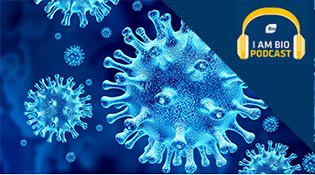


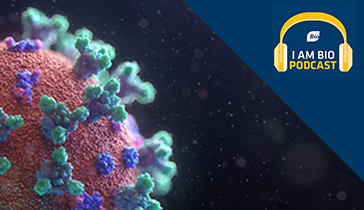
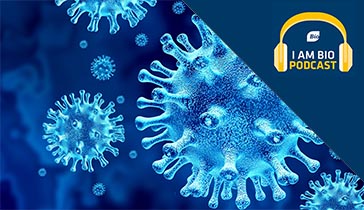
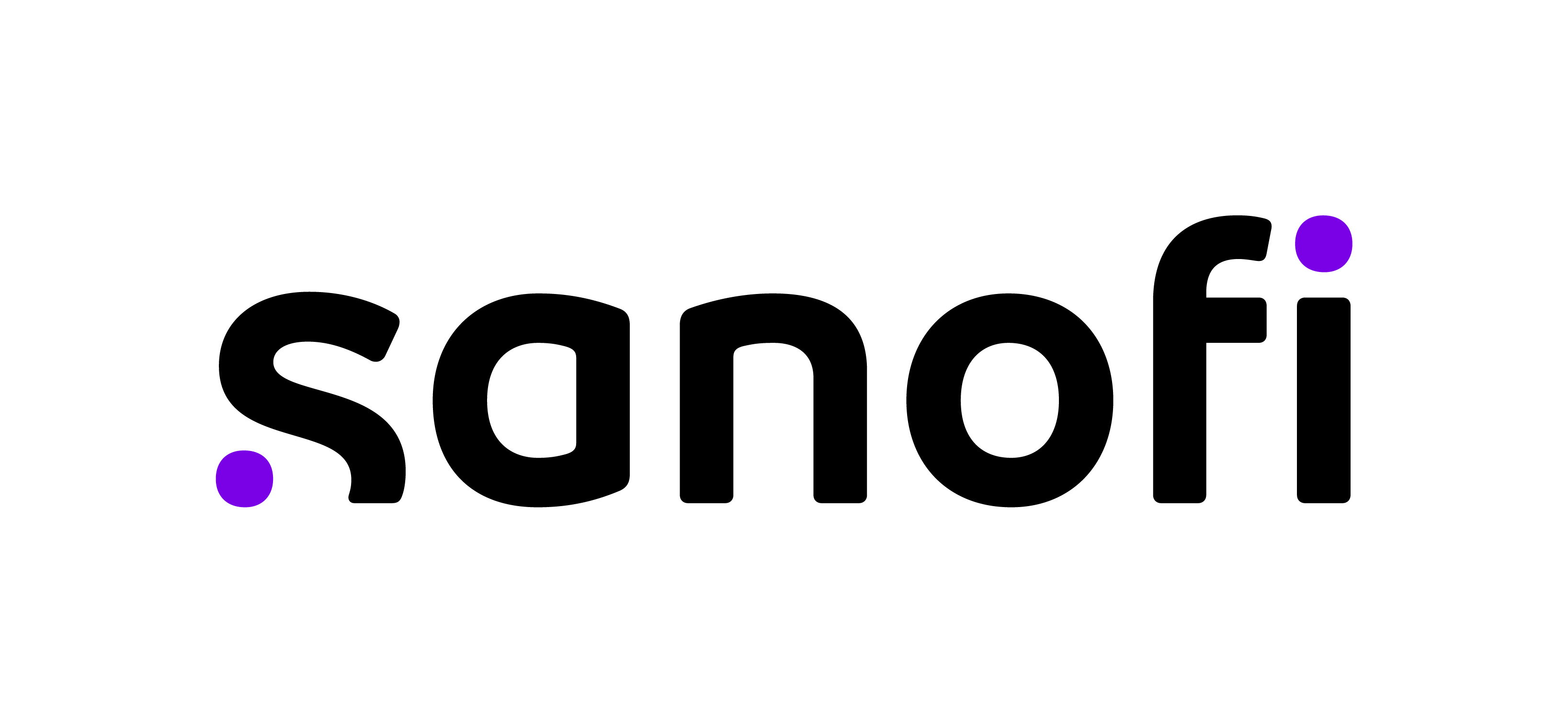




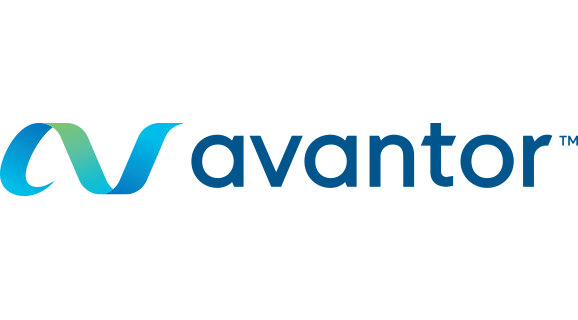

.png)


